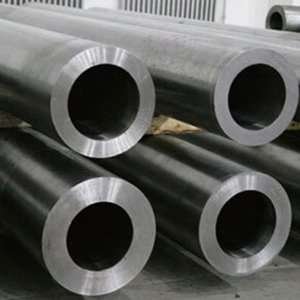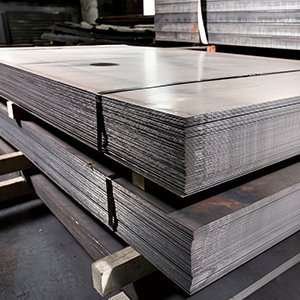Type 316 (UNS S31600/1.4401)
- Stronger resistance – resist to various chemical agents and high temperatures
- Ideal for applications in surgical tools, food-related products, and marine applications
- Capable to maintain clean surfaces
- Higher tolerance
Description
Type 316 stainless steel has a higher heat resistance and a higher tolerance against different strong chemical agents and higher temperatures.
It has a higher capability of tolerating strong acids such as Sulphuric and Tartartic as well as chlorides, even at high temperatures.
Because of its resistance, Type 316 stainless steel is ideal for manufacturing marine parts, outdoor enclosures, chemical, and pharmaceutical equipment.
Common Names:
It’s commonly known as marine-grade stainless steel.
Executive Standards:
- UNS: S31600
- ASTM: A240, A213, A249, A320, A368, A479 and so on.
- ASME: SA-240
- AMS: 5524, 5573, 5648, 5690, 5696GB
Chemical Properties:
Type 316 stainless steel has the following chemical composition:
- Carbon – 0.08%
- Manganese – 2.0%
- Chromium – 0-18.0%
- Nickel – 10.0-14.0%
- Molybdenum – 0-3.0%
- Sulphur – 03%
- Phosphorus – 0.045%
- Silicon – 0.75%
- Nitrogen – 0.10%
- Iron – Balance
Mechanical Properties:
- Hardness (RB) – 95 (maximum)
- Yield Strength(Mpa) – 205
- Tensile Strength(Mpa) – 515
- Elongation (in 2 in.) – 40
- Poisson’s Ratio: 0.27 – 0.303
Physical Properties:
- Density: 0.29 lb./in³ (8.03 g/cm3)
- Modulus of Elasticity in Tension: 29 x 106 psi (200 Gpa.)
- Modulus of Shear: 11.9 x 106 psi (82 GPa)
- Magnetic Permeability (H) – 1.02 Max at 200
- Thermal Conductivity (Btu-in/hr-ft2-°F) – 100.8
- Melting Range: 2540-2630°F (1390-1440°C)
- Electrical Resistivity (Micro ohm-cm) – 74 ⁰ F (20 ⁰C)
Key Features:
- Higher tolerance
- Excellent corrosion resistance
- Heat resistance – Able to bear over 2500F.
- More viable to weld decay.
Product Forms Available:
Stainless Steel Type 316 is available in different forms such as:
- Pipe
- Plate
- Flat sheet/ bar
- Round tube/ shim
- Coil strip
Applications:
As of these properties of Stainless Steel Type 316, mainly its ability to resist higher temperatures and maintaining a clean surface it has a wide range of applications, namely:
- Food processing products
- Laboratory equipment
- Pulp, paper processing equipment
- Jet engine parts
- Photographic handling equipment
- Pharmaceutical equipment
Possible Alternative Grades:
Type 316 stainless steel has some possible alternatives that can be used. Namely:
- 2205 – Resistant to chlorides at higher temperatures
- 317L – Resistant to chlorides than 316.
- 904L – Resistant to chlorides at higher temperatures, and bears a higher formability
- 316N – Stronger when considered with 316 stainless steel.
- 316Ti – Resistant to higher temperatures (600-900°C)
FAQs:
- Does 316 stainless steel and 304 stainless steel has the same material make-up?
Both have almost the same physical and mechanical properties and contain similar material make-up. The key difference is; 316 stainless steel incorporates about 2% -3% molybdenum.
- What element maintain an austenitic composition at lower temperatures in type 316 stainless steel?
Type 316 stainless sheets of steel use nickel to maintain an austenitic composition at lower temperatures.
- Is type 316 stainless steel also named as surgical stainless steel?
Yes. Type 316 stainless steel is called surgical stainless steel.
Get A Free Quote Now!







